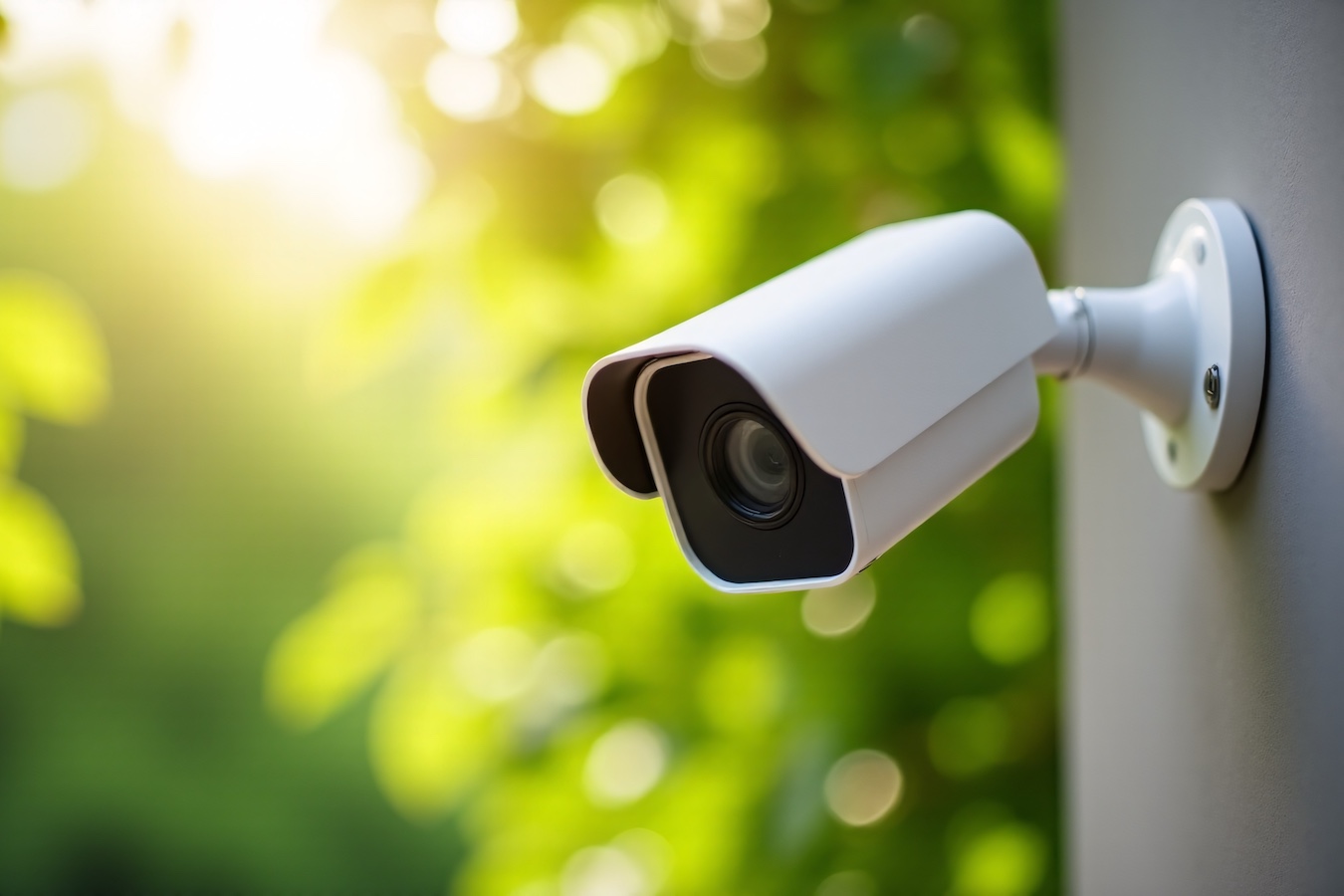Workplace violence is climbing — and frontline workers are taking the brunt. In industries like hospitality, retail, and healthcare, employees are often isolated, working remotely, or in locations where backup support from managers or colleagues isn’t always immediately available.
- A frustrated hotel guest turning on a staff member delivering room service
- A caught-in-the-act shoplifter threatening a clerk who steps in
- A patient lashing out at a nurse during an off-premises medical treatment
These aren’t edge cases. They’re everyday risks. And when seconds matter, traditional safety policies fall short.
What’s being done about workplace violence?
While OSHA has issued workplace violence guidance, it’s non-binding. Real protections are happening at the state and city level, where legislation now mandates panic buttons as a concrete safeguard. Quiet, instant, and effective, panic buttons allow lone workers to discreetly summon help in an emergency — whether from on-site security, management, or first responders.
Let’s look at how legislation is reshaping safety across key industries.
Hospitality: Where panic button laws took root
In hotels, casinos, and restaurants, violence isn’t rare — it’s systemic. Nearly half of workplace fatalities in lodging and food service are the result of violent acts. Housekeepers and after-hours staff are especially exposed, working alone in remote hallways and guest rooms.
Hospitality has led the charge on panic button legislation. Across the country, states and cities have passed laws requiring hotels — from boutique properties to mega-resorts — to equip staff with discreet panic buttons. Noncompliance brings fines from $25 per day to $10,000 per infraction.
Unions have played a pivotal role, too. Since 2018, the Culinary and Bartenders Unions have pushed major casinos to adopt panic buttons for guest room attendants. By mid-2019, nearly every Las Vegas housekeeper carried one. Their most recent contract now requires expanded coverage, penalties for faulty devices, and mandatory incident tracking.
The message is clear: panic buttons save lives, and the industry can’t ignore them.
Retail: New York sets the standard
Retail violence and security threats are escalating just as quickly. According to The Impact of Retail Theft & Violence 2024 report, 73% of retailers reported that shoplifters have become more aggressive and violent over the past year, with 84% expressing heightened concern about the violence occurring during theft incidents.
New York responded with the Retail Worker Safety Act of 2024 (RWSA), the first legislation of its kind aimed at significantly enhancing the safety and well-being of retail employees across the State.
By January 1, 2027, retailers with 500+ employees must equip staff with silent response buttons that can summon immediate assistance from a security officer, manager, or supervisor during emergencies and — just as important — provide training on their use. The law specifically addresses risks like late-night and early morning shifts, cash handling, working alone or in small numbers, and uncontrolled public access — the exact conditions where panic buttons prove invaluable.
Healthcare: Illinois mandates hospital panic buttons
Violence in healthcare is at crisis levels. Over 80% of nurses report some form of workplace violence — most often it’s aggressive behavior from patients or their visitors — and nearly half say it’s getting worse.
Illinois took decisive statewide action with Senate Bill 1435, requiring every hospital worker to carry a panic button built directly into their employee ID badge. This ensures that no staff member, from clinical staff to care providers to janitorial teams, is left without a lifeline. The legislation sets a new benchmark: worker security isn’t optional — it’s built into the job.
What’s missing? A human in the loop
Panic button laws are forcing industries to act, but legislation alone doesn’t guarantee real protection. Most systems can send alerts, summon security, notify management, or call first responders. That’s the baseline.
Until now, panic buttons couldn’t provide a human in the loop — someone who can confirm the threat, stay connected to reassure the worker, and ensure the fastest possible response.
Noonlight closes that gap by turning an alert into a real, human response.
With Noonlight’s professional monitoring solution, you can provide the 24/7 protection these workers need. Our easy-to-integrate Dispatch API powers fast, informed emergency response with precise location data and relevant context delivered expertly by AI support. This ensures the fastest, most accurate response possible.
Meanwhile, once the alarm is triggered, a Noonlight-authorized agent immediately reaches out to the user via text, assesses the situation, and stays connected until it’s resolved.
For security providers, the opportunity is enormous: integrate Noonlight into your safety applications or devices, and you’re not just checking a compliance box — you’re delivering a truly comprehensive solution.
The results?
- Peace of mind, with real people on the line — not just silent alerts
- Immediate support, combining AI tools with trained agents who dispatch services and deliver context
- Scalability, with seamless integration into live video and other security tools
Next steps for security providers
Today, we are witnessing a seismic shift in how we protect the frontline workers who serve us every day. As legislation spreads, panic button solutions are in higher demand than ever. For security providers, this is an opportunity to go beyond compliance and deliver real protection where it matters most.
If you’d like to dive deeper into how legislation is reshaping lone worker safety — and how security providers are building solutions to meet the demand — take a look at our guide, Protecting the Invisible Workforce.






